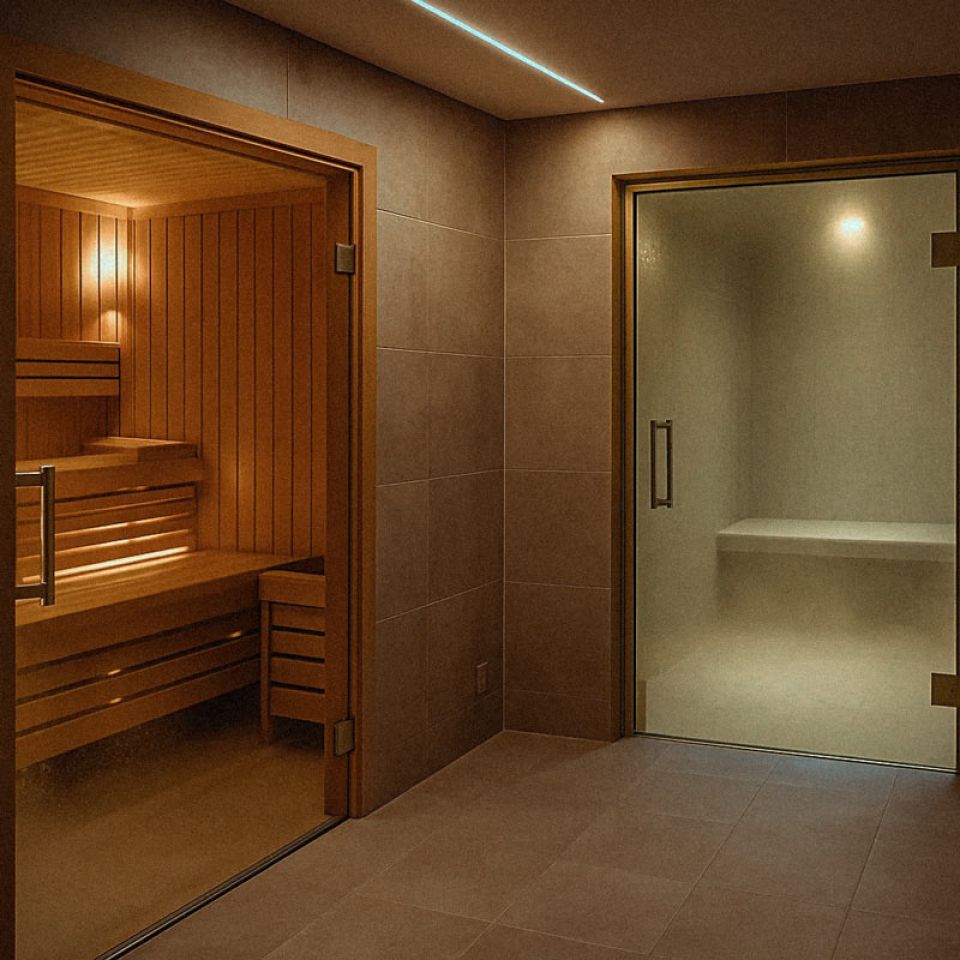A hot tub can turn a good listing into a great one. Guests love it, photos pop, reviews glow. But once you offer a spa to paying guests, you’re also responsible for controlling infection risk - especially Legionella. That’s where HSG282 comes in. It’s the Health and Safety Executive’s guidance on how to run spa pools safely in a business setting (which includes domestic-type hot tubs in holiday lets). It isn’t a new mountain of red tape; it’s a clear playbook for staying safe, compliant and open.
Is HSG282 “the law”?
Before we get practical, it helps to know where HSG282 sits legally.
Strictly speaking, HSG282 is guidance - backed by laws such as the Health and Safety at Work Act and the Legionella Approved Code of Practice (L8). In practice, inspectors use HSG282 as the benchmark. If you follow it, you’re on solid ground. If you choose a different route, you’ll need to prove it’s just as safe. Local authorities usually enforce in holiday lets; the HSE enforces in some other premises.
Does it apply to your place?
Who actually needs to follow it in real life?
If the hot tub is part of a business - your cottage, cabin or lodge that you rent out - yes, it applies. Shared hotel or holiday-park spas sit under even tighter controls. Inflatable “party” tubs are rarely acceptable for commercial use because they’re hard to manage safely, so check your local council’s stance before you buy.
What “good” looks like in plain English
Here’s what safe, low-hassle operation looks like day to day.
1) Keep a steady disinfectant residual
Think of this as cruise control for clean water: a steady, measurable residual.
Your water should always contain a small, controlled amount of disinfectant - typically free chlorine at 3-5 mg/L or total bromine at 4-6 mg/L. That means using an inline feeder (or an automatic controller for busier sites). UV and ozone are great helpers, but they don’t replace chlorine or bromine in the water.
2) Test twice a day - and act on the results
Residuals only work if you check them - twice a day is the sweet spot.
Check pH and your disinfectant level at least morning and evening when the tub is in use. Tweak the feeder, add chemicals if required, and write it down.
3) Change the water regularly
Testing keeps you on track; scheduled water changes reset the clock.
Plan to drain, clean and refill between each guest group or at least weekly, whichever comes first. Build that time into your changeover routine so you’re not tempted to skip it.
4) Send samples to a lab
Quick strip tests are great - lab checks are your independent safety net.
Book monthly microbiological tests (ACC, coliforms, E. coli, P. aeruginosa) and a quarterly Legionella sample through a UKAS-accredited lab. If a result comes back out of limits, you close, fix, and only reopen when you’re back in range.
5) Write it down and train your people
Good records turn good practice into proof.
Have a simple written scheme: who does what, when and how; your targets; what to do if something’s wrong. Keep logs of readings, maintenance, faults and corrective actions. Train whoever looks after the tub so they can spot issues early.
The common myths (and gentle corrections)
Still hear these around? A few gentle corrections help avoid trouble.
- “We shock once a day so we’re fine.” Routine control needs a continuous residual - not just the occasional dose.
- “We’ve got UV so we don’t need chlorine.” UV helps, but you still need a measurable chlorine or bromine level in the water.
- “It’s only a small tub.” Size doesn’t remove the duty. If it’s for paying guests, HSG282 still applies.
What happens if you ignore it
Skipping the basics doesn’t just risk murky water - it risks your business.
Apart from the obvious health risks, you’re looking at improvement or prohibition notices, potential fines or prosecution, cancelled bookings, insurance problems and a bruised reputation. None of that is worth the shortcut.
Thinking of buying (or upgrading) a tub?
If you’re still shopping, pick a model you can actually run to this standard.
Choose a model you can actually run to the standard. Look for strong filtration and circulation (so the whole volume passes through the filter quickly), proper surface skimming, space for an inline feeder or controller, easy-to-clean headrests and covers, and a drain that empties the vessel fully. If a supplier can’t show you the water volume, verified flow rate through the filter and a basic hydraulic diagram, keep shopping.
Free resource: HSG282 Compliance Pack (Excel)
To make it easier, here’s a ready-to-use compliance pack.
We’ve built a practical workbook you can download and use straight away. It includes:
- a one-page “Read Me” with targets,
- risk-assessment prompts to build your written scheme,
- a twice-daily test log with simple in-range colour cues,
- a changeover checklist for drain-clean-refill,
- a weekly operator checklist,
- a sampling calendar for monthly microbiology and quarterly Legionella,
- and an incident-actions quick guide.
Use the risk prompts first, then start logging your twice-daily checks. Follow the changeover steps between guest groups, schedule your lab tests, and keep everything on file. If an inspector visits, you’ll have clear records that show you’re in control.
Download the HSG282 Compliance Pack (Excel)
Sources and further reading
- HSG282 - The control of legionella and other infectious agents in spa-pool systems (HSE)
- L8 ACOP - Legionnaires' disease: The control of legionella bacteria in water systems (HSE)
- Who enforces health and safety - HSE vs local authority
- Find a UKAS-accredited laboratory for water testing
- PWTAG Code of Practice for swimming pool and spa water management
- PWTAG guidance hub - technical notes and best practice
This article is guidance, not legal advice. Always follow your manufacturer’s instructions and your local authority’s requirements.




